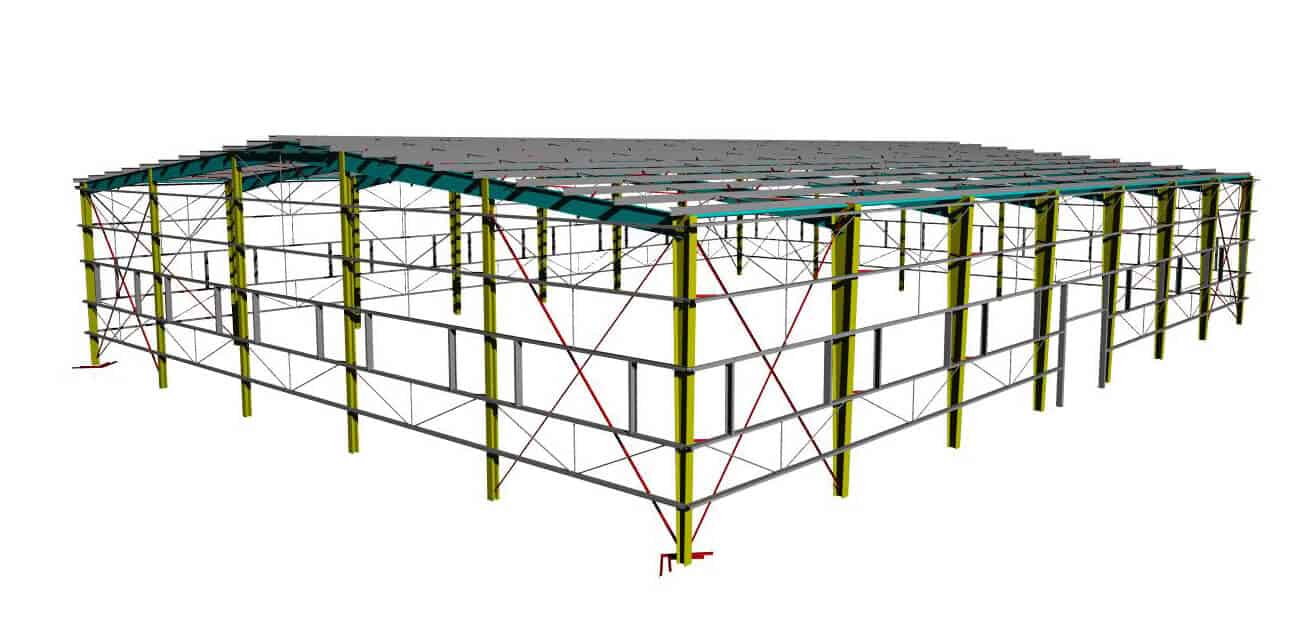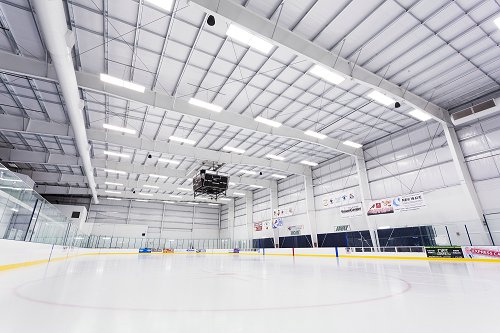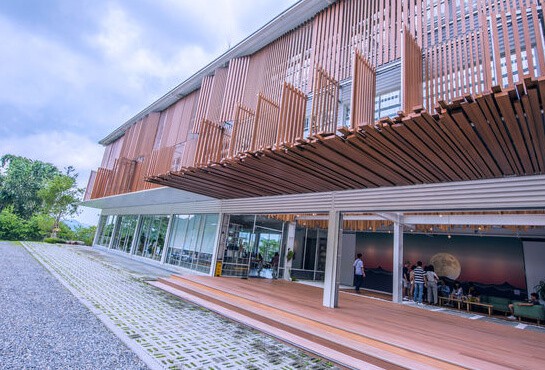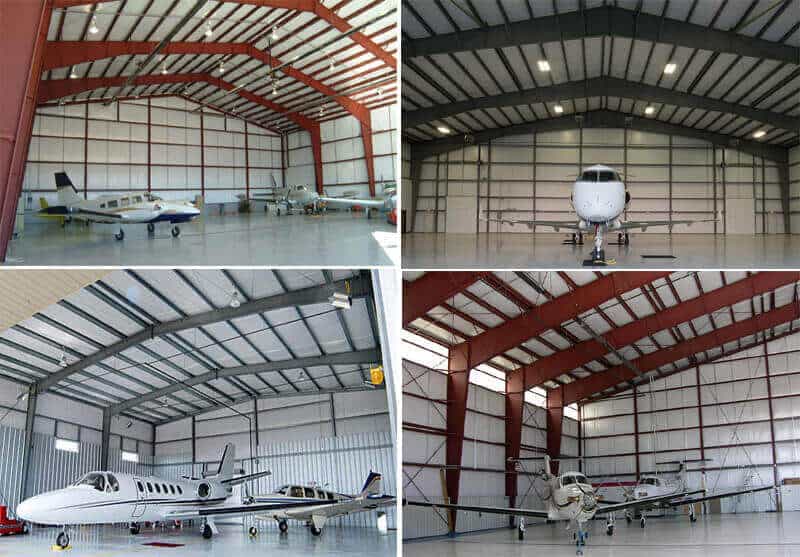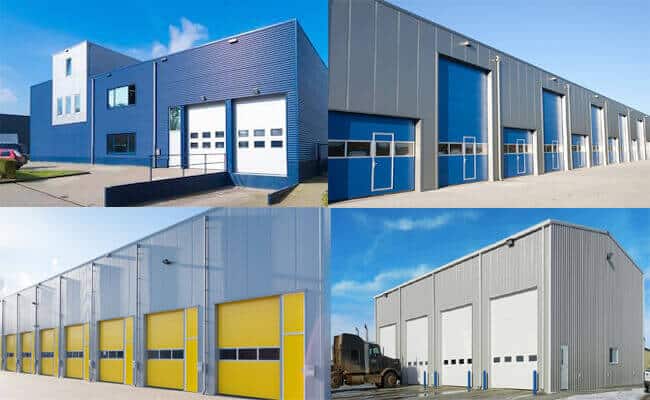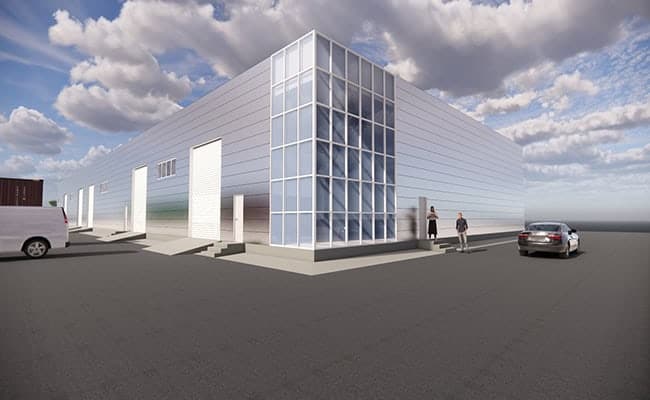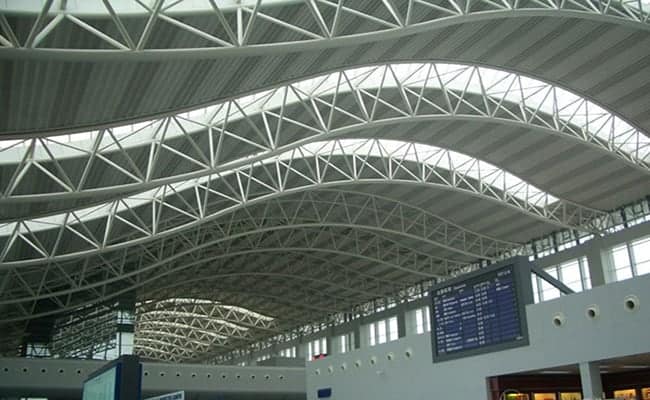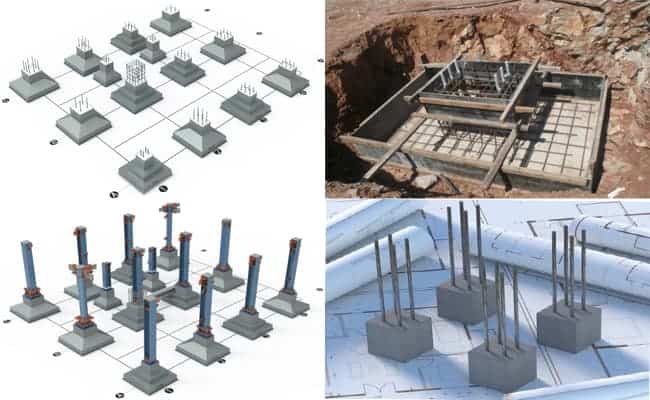Logistics Warehouse Design
No Pics.
The logistics warehouse design is essential to the logistics park’s planning and design. The success of the logistics warehouse architectural design directly affects the logistics park’s function and operational efficiency.
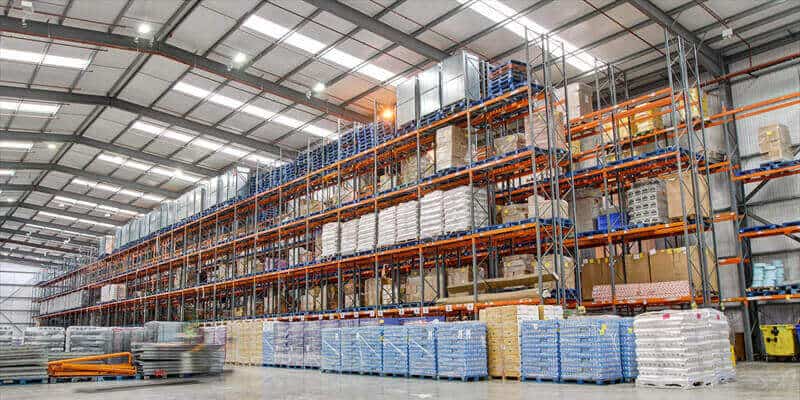
Logistics warehouse design
Table of Contents
1.1.The function of the warehouse building structure
1.2.The form of the warehouse building
2.Essential functions of logistics warehouse
3.Different types of logistics warehouses
3.1.Divided by use function:
3.2.Classification by storage product performance and equipment:
3.3.Warehouse building technology
4. Logistics warehouse structure type
4.1. Steel structure warehouse building
4.2. Concrete structure
5. Logistics warehouse design for height
5.1.Average height of cargo stacking
5.2.Types of storage devices
5.3.Types of stacking equipment
6.Logistics warehouse design for floors and area
Logistics warehouse design
Mainly include the building’s structure selection, the building’s ceiling height; the building’s number and area, the choice of the ground; the size of the passage.
The form of the warehouse building
Through the construction of building space, the functional partitions will not interfere with each other, laying a foundation for better use of the functional space; through the design of indoor and outdoor environmental space of the building, improve the quality of the building itself, and use clever design techniques to highlight the style design of the building.
Essential functions of logistics warehouse
Promote the flow of import and export goods and adjust the time difference between supply and demand: Logistics warehousing helps coordinate the time difference between the supply and demand of international logistics. This helps improve the efficiency of the flow of goods, thereby providing time benefits.
Strengthen cargo inspection and inspection to ensure the quality of goods entering the international market: The warehousing link allows strict inspection of goods entering the global market to eliminate counterfeit and inferior products. This also includes inspecting whether goods comply with national standards and international trade contract requirements to ensure the quality of goods on the market.
Extend the production and processing business and play a node role: In addition to cargo storage, logistics warehouses can also perform processing services with production characteristics, such as sorting, selection, sorting, processing, simple assembly, packaging, marking, stocking, etc. This helps shorten the time for subsequent processing of goods entering the international market and improves efficiency.
Adjust carrying capacity and reduce cargo damage and difference: Logistics warehouses play a buffering and regulating role in international logistics, helping to reduce the pressure on goods between ship transportation and inland transportation while making up for the lack of carrying capacity of inland transportation tools and ensuring international Smooth import and export logistics.
Different types of logistics warehouses
Divided by use function:
Transit warehouse: Located in cargo distribution centers and transportation hubs, it is used for the transfer and transshipment of goods and is usually connected to railway, highway, and waterway transportation hubs.
Processing warehouse: This type of warehouse not only stores goods but also performs processing operations such as picking, grading, and packaging.
Storage warehouse: Mainly used for long-term storage of export commodities to be sold, foreign aid reserve materials, imported items to be distributed, and reserve commodities required for export business.
Classification by storage product performance and equipment:
Special-purpose warehouse: Used to store goods easily affected by the external environment or have unique properties unsuitable for mixed storage. Special equipment and maintenance are required.
Special warehouse: Dedicated to storing goods with unique properties, such as dangerous chemicals, petroleum, pharmaceuticals, etc., which require special storage equipment and strict safety measures.
These different types of warehouses together form a diverse and efficient logistics system, providing essential support for the smooth operation of international logistics.
Warehouse building technology
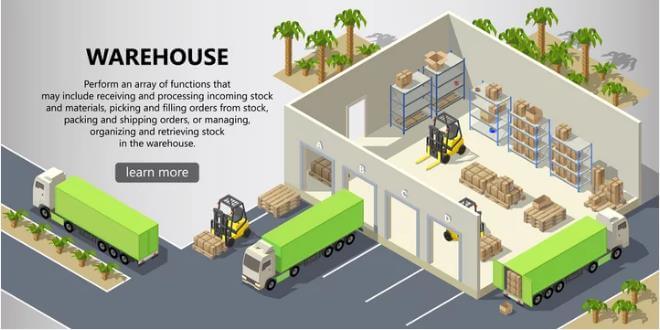
Logistics warehouse
1. Logistics warehouse structure type
Buildings can be divided into four categories according to the materials used: concrete structure, steel structure warehouse, masonry structure, and wood structure. With the rapid development of the logistics industry, the current logistics mainly use steel and concrete structures.
1) Steel structure warehouse building
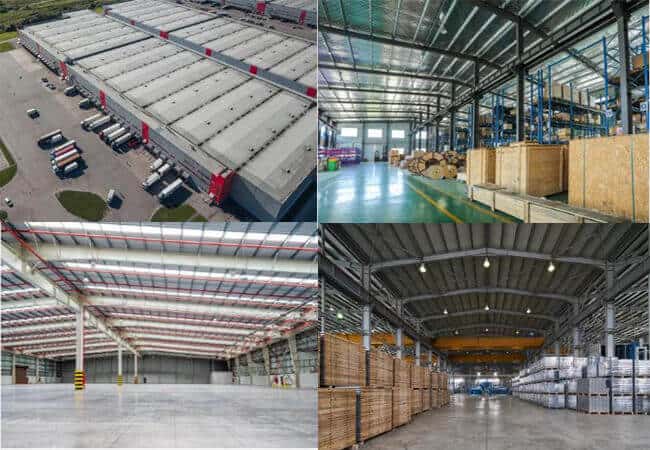
The steel structure has certain advantages regarding structural performance, use function, and economic benefits. The portal frame steel structure warehouse is the most popular in the steel structure.
At present, conventional logistics warehouses are mainly steel structures. The structure is not subject to temperature changes and has a short construction period. And most of the components are completed in the factory, the quality is guaranteed, and a large-span structural system can be realized. The maximum span of a single steel structure warehouse can reach 60m.
With the continuous improvement of my country’s steel structure engineering technology level and construction technology, steel structures have been widely used in factories, warehouses, and other projects. This structural form has been well applied in the completed storage engineering projects. In addition, to prevent the indoor temperature from rising due to sun exposure, heat-insulating glass wool should be added to the roof, and galvanized steel sheets should be used for the roof and wall panel to improve service life.
Due to the frequent entry and exit of materials and mechanical operations in the logistics warehouse, collisions are easy to occur, so anti-collision facilities must be installed on the wall panel. The anti-collision facilities are generally set up with a 1.2-meter-high brick-concrete wall, and above the brick-concrete wall is a corrugated metal sheet. If the brick-concrete wall is damaged, it can be repaired quickly, and the maintenance is convenient.
2) Concrete structure
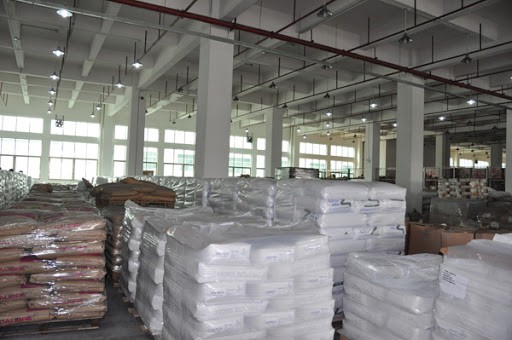
concrete structure warehouse
2. Logistics warehouse design for height
When determining the floor height, if it is not necessary to set up high shelves indoors, the maximum stacking height of ordinary containers and the functional characteristics of forklift machinery should be considered. The most economical and practical floor height is 6.5m at the lowest point of clear indoor height. This way, the needs of stacking items can be met without causing a waste of space.
1) Average height of cargo stacking
2) Types of storage devices
3) Types of stacking equipment
Generally speaking, the net height of a single-story elevated warehouse should not be less than 7 meters. The net height should be 8-10 meters if a portal steel frame structure is used.
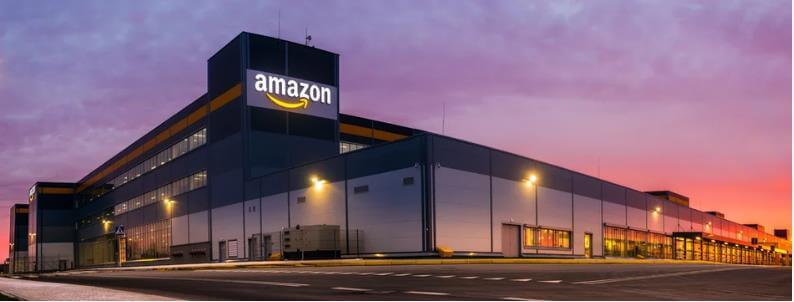
Logistics warehouse building
3. Logistics warehouse design for floors and area
Determining the warehouse area involves the length and width of the warehouse. The warehouse’s length and width are affected by factors such as the type of goods stored, the handling method, and the selection of building structure. Generally, a rectangle is used, and the length is about three times the width.

